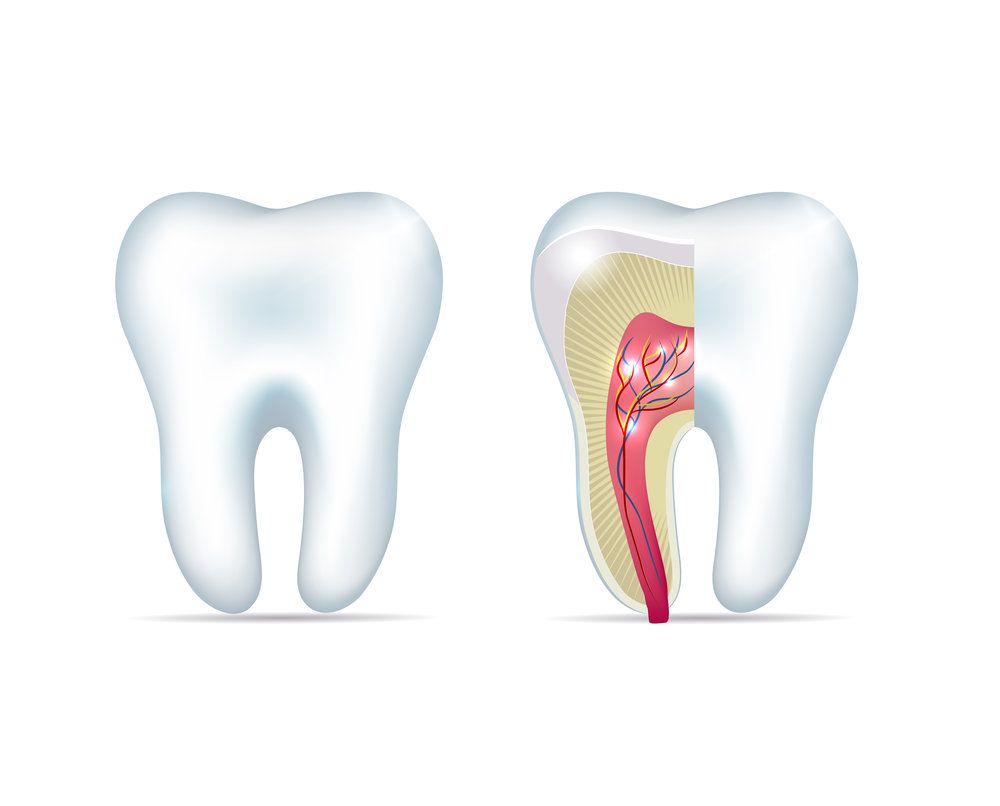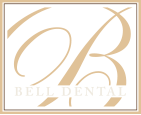Dental Care 101: How Do Cavities Form?
 When patients visit Bell Dental, they know that they will receive some of the finest dental care in the greater Jackson area. We provide state-of-the-art treatments, including advanced restorative dentistry to fight cavities and other dental health issues.
When patients visit Bell Dental, they know that they will receive some of the finest dental care in the greater Jackson area. We provide state-of-the-art treatments, including advanced restorative dentistry to fight cavities and other dental health issues.
We feel that knowledge is power, and that a smart patient is able to prevent a number of serious dental health issues. With that in mind, let's go over the basics of cavity formation right now.
What are cavities exactly?
The basics first.
Cavities refer to damage done by oral bacteria to the healthy tooth structure, starting at the topmost enamel layer. When cavities occur, they can weaken teeth and also affect their overall aesthetics. Cavities begin small and can become much, much larger, potentially affecting the overall structure of a tooth and causing a root canal infection.
With the basics down, let's now look at the particulars of tooth decay and what you should understand.
It Starts with Oral Bacteria and Food Particles
Oral bacteria is common in all mouths. This is the same bacteria that also causes gum disease and bad breath. This oral bacteria feeds on food particles in the mouth. When feeding on these food particles, the bacteria creates an acidic substance that eats into the tooth structure, damaging and eroding the enamel in the process.
Plaque and Tartar on the Teeth
In order to remain on the teeth, the oral bacteria creates a sticky biofilm known as plaque. If not cleaned, the plaque hardens into a substance known as tartar (dental calculus), which is an ideal surface for bacteria to reside upon. When both plaque and tartar are present, this means that a tooth will undergo serious damage.
Sugary Foods Make Tooth Decay Worse
Oral bacteria has a particular affinity for sugary foods, such as candies, sodas, and so forth. Remember all those times your parents told you that sugar would rot your teeth out? Turns out that they were right.
Dental Treatments for Tooth Decay
Treatment options for tooth decay can vary based on the nature and the extent of the cavity. In terms of basic restorations, these options are ideal:
- Dental fillings
- Inlays
- Onlays
- Dental crowns
If a tooth becomes infected as a result of tooth decay, the best option to consider is a root canal. This process will involve the removal of infected dental pulp from within a tooth and the capping of the treated tooth with a crown.
Only when a tooth is too decayed to be saved will tooth extraction be a viable option. If a tooth needs to be pulled, your dentist can discuss options for replacing the tooth, such as a bridge or, if multiple teeth are missing, a denture.
Tooth Decay Prevention Tips
To prevent tooth decay, keep these simple oral hygiene tips in mind:
- Brush your teeth at least twice a day
- Floss your teeth at least once a night
- Avoid using tobacco products of all kinds
- Limit your intake of sugary foods and beverages
- Drink water to stay well-hydrated through the day
- Visit your dentist for regular exams
Schedule a Consultation at Bell Dental
For more information about treating and preventing cavities and your many options out there for enhancing your dental health, it's important that you contact our cosmetic and restorative dentistry center today. The team at Bell Dental looks forward to your visit and helping you have the healthiest and most beautiful smile possible.



